Boost Your Siding Bids – Request a Precision Estimate!
- Accurancy
- Efficiency
- Transparency
- Customization
- Time Saving
- Professionalism
- Cost Control

The cost of siding for a house involves considering various factors, with the average range falling between $4 and $13 per square foot for installation. For a standard 2,500 square foot home, this translates to an overall cost of $10,000 to $32,500. The variation in pricing can be attributed to factors such as the type of siding chosen, its quality, and the complexity of the installation process. Homeowners often weigh the aesthetic appeal, durability, and maintenance requirements of different siding materials against their budget constraints when making decisions about siding their homes. At Estimate Florida Consulting, we understand the importance of budgeting for your home improvement projects.
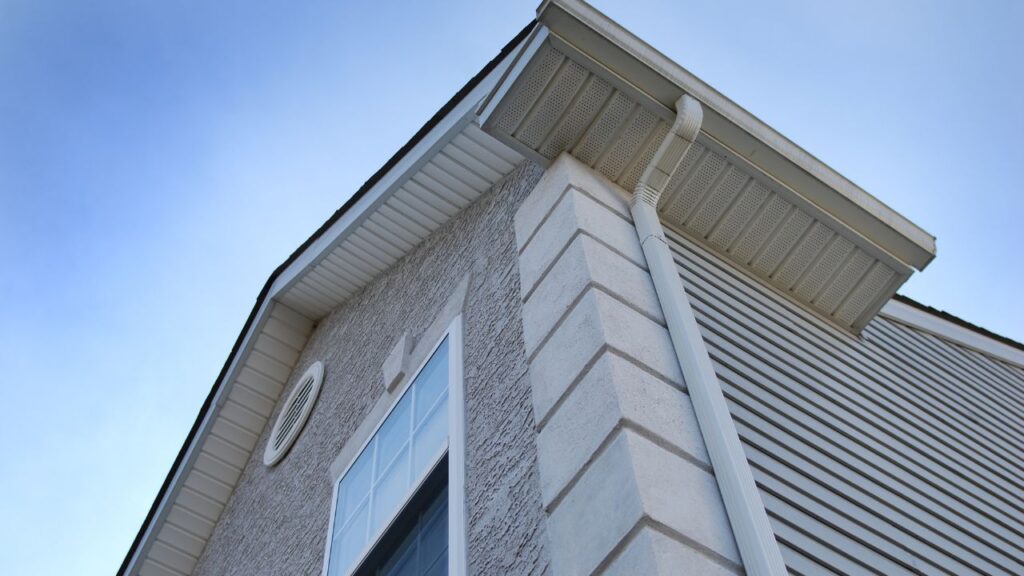
Numerous elements contribute to the escalation of re-siding expenditures for a residence. While some costs are conspicuous, such as the siding material and installation fees, others are less apparent but collectively exert a considerable influence on the overall project cost. Utilizing an online siding cost estimator can provide homeowners with an initial project cost estimate, though it may not precisely account for the chosen siding’s specific elevated expenses. Understanding the intensified impact of these factors on the total cost empowers homeowners to make well-informed decisions aligning with their home and financial considerations.
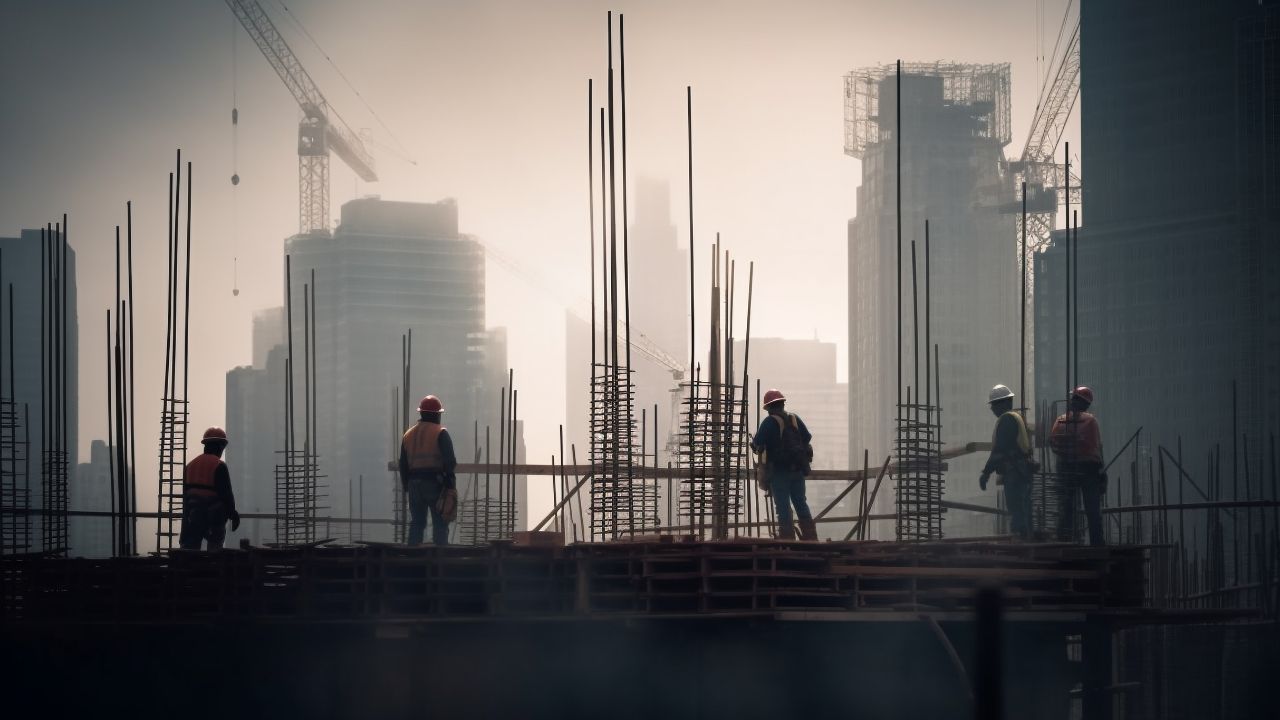
Make Informed Design Decisions Showcase Your Design Ideas
Get RenderingThis cost determinant is straightforward—the grander the house, the more substantial the expenses for replacing siding. House size distinctly influences heightened material costs, labor costs, additional elements like window flashing and insulation, and, in certain areas, elevated permit costs. While homeowners can’t directly alter this cost, it serves as a foundational estimate for projecting heightened expenses related to other aspects of the project.
At first glance, the house’s shape may seem inconsequential to cost estimation. However, a basic one-story structure with simple lines incurs fewer expenses compared to an elaborate two- or three-story dwelling with dormers, turrets, or intricate roof angles. Complex shapes demand more intensified labor and material, as fitting siding into unique facings generates more amplified waste. Homes with distinctive shapes or multiple stories necessitate additional intensified labor time and material, magnifying the overall project cost.
The most flexible cost component lies in the escalated siding material itself. The average cost per square foot of siding is elevated to $15, reflecting significant variability. Wood siding starts at an elevated $3 per square foot, while stone siding can exceed an elevated $60 per square foot. Multiplying the elevated cost per square foot by the home’s exterior square footage reveals the escalated material cost’s rapid accumulation. For instance, covering a 1,500 to 2,500 square foot home with wood siding costs between an elevated $10,500 and $34,500, whereas using stone can range from an elevated $131,250 to $187,500. Homeowners can choose from various elevated materials to match their style and budget.
Within each siding material category, there are heightened quality levels, from “Good” to “Better” to “Best,” or thickness and design variations. Elevated quality influences pricing, allowing homeowners to make compromises based on location, neighborhood recommendations, and elevated budget constraints.
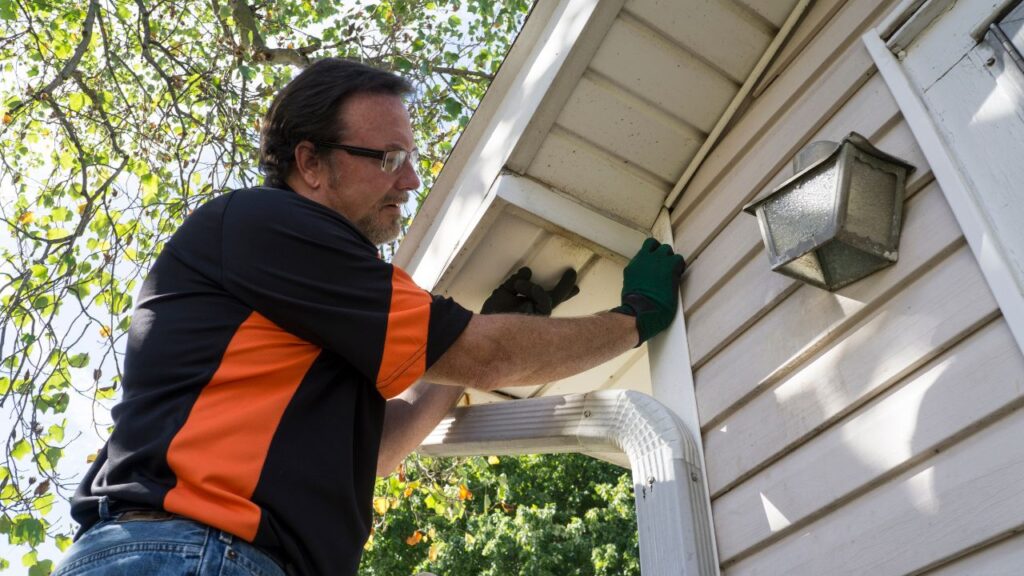
Labor expenses depend on elevated geographic market rates and may be hourly or per job. Factors such as material complexity and home shape affect heightened labor costs, with new siding installation typically incurring charges between an elevated $2 and $6 per square foot.
The existing cladding determines whether new siding can be applied over it or if removal is necessary. Labor and disposal costs are associated with removing the old siding, adding to the escalated expenses of installing new siding.
Variances in building codes and permit regulations across municipalities can impact costs. While a siding repair may not need a permit, a complete siding replacement might. Permits and inspections incur elevated charges, and homeowners must ensure compliance to avoid penalties or removal of unpermitted siding.
Siding installers experience busy and slow seasons, impacting labor costs. Choosing a less busy period, such as early fall, may result in lower labor expenses, but scheduling too late in the fall, especially in regions with an early winter onset, carries risks due to potential disruptions caused by snow and ice, leading to escalated costs.
By considering and understanding these factors, homeowners can navigate the complexities of elevated siding cost estimation and make well-informed decisions that align with their preferences and escalated budget constraints.

After a homeowner has chosen the materials and calculated the cost of supplies, materials, and labor, there are several other factors that contribute to the overall expense of siding that should be factored in when making purchasing decisions.
Most siding materials come in various colors and textures. If a homeowner is seeking a specific shade, certain materials offer the option of custom colors, significantly raising the expense. Typically, manufacturers provide more options in their higher-cost product lines. Therefore, those searching for a deep, natural wood grain in fabricated siding will likely find it in the premium (and consequently more expensive) line. In addition to the siding itself, numerous custom trims and moldings are available to complement various siding materials. While these can be combined to create a truly unique look for the home’s exterior, such a custom appearance comes at a higher cost, particularly as uncommon moldings are often special-order items.
Despite the assumption that rain will keep a home’s exterior clean, this is often not the case. All siding types benefit from basic maintenance, but the cost of maintenance varies by type. Vinyl siding is nearly maintenance-free; an annual rinse with a hose and soapy water, along with touch-ups in shaded areas prone to mold and mildew, will maintain its appearance for years. Stucco, brick, and stone siding require more meticulous maintenance to preserve texture and cleanliness without causing damage to the material or mortar. Homeowners can undertake this with warm water, detergent, and careful brushing, but if touch-ups or mortar replacement are needed, it’s advisable to hire a professional, factoring in the associated repair expenses. Wood siding demands the highest maintenance, requiring regular cleaning, painting or staining, and defense against mildew and mold. The cost of repainting an entire home every few years can escalate quickly. Those considering wood siding should obtain quotes from local painters and budget for this expense in advance to avoid prohibitive costs. Delays in repainting may lead to structural damage to the siding from pests or moisture.
Despite the assumption that rain will keep a home’s exterior clean, this is often not the case. All siding types benefit from basic maintenance, but the cost of maintenance varies by type. Vinyl siding is nearly maintenance-free; an annual rinse with a hose and soapy water, along with touch-ups in shaded areas prone to mold and mildew, will maintain its appearance for years. Stucco, brick, and stone siding require more meticulous maintenance to preserve texture and cleanliness without causing damage to the material or mortar.
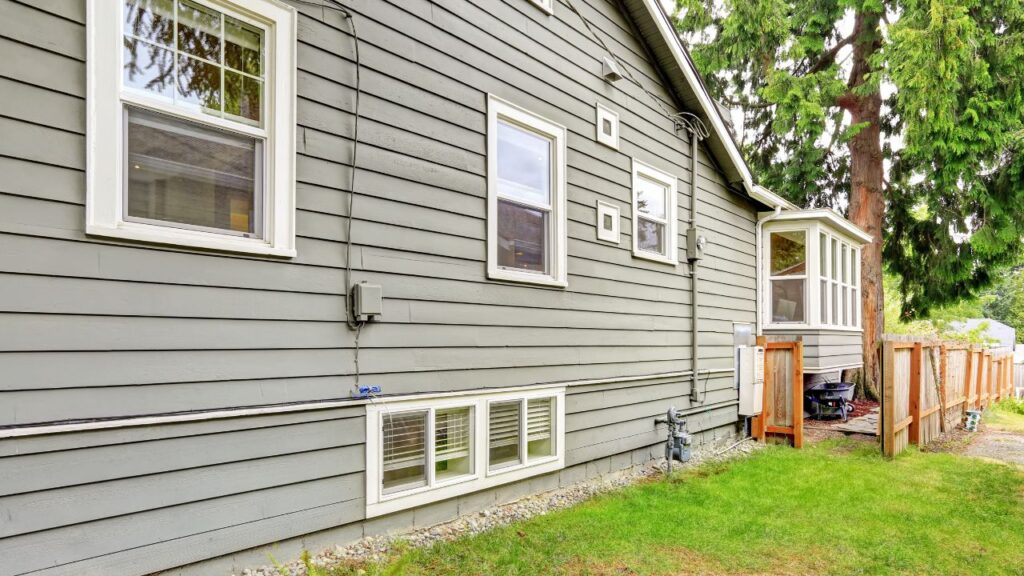
Homeowners can undertake this with warm water, detergent, and careful brushing, but if touch-ups or mortar replacement are needed, it’s advisable to hire a professional, factoring in the associated repair expenses. Wood siding demands the highest maintenance, requiring regular cleaning, painting or staining, and defense against mildew and mold. The cost of repainting an entire home every few years can escalate quickly. Those considering wood siding should obtain quotes from local painters and budget for this expense in advance to avoid prohibitive costs. Delays in repainting may lead to structural damage to the siding from pests or moisture.
Ever wondered about the price tag of re-siding a house using various siding types? With a rough estimate of the area to be sided, labor costs, and awareness of other cost factors, homeowners can delve into the world of different siding options and their associated elevated costs. While the suitability of each siding type may vary based on the home’s location and weather conditions, homeowners can largely choose a siding that aligns with their preferred aesthetic. Each type of siding comes with distinct maintenance requirements, installation needs, and a varied pricing range, making it crucial for homeowners to explore these options to make an informed decision.
Vinyl siding offers a wide range of products, from horizontal to vertical and wood grain to faux stone. Because vinyl can be molded into various patterns and shapes, the style possibilities are vast. Vinyl siding costs range between an elevated $8,000 and $20,000, depending on the grade of the siding and the required quantity. Despite being more costly than some alternatives, vinyl is virtually maintenance-free, requiring only a quick rinse with a hose and detergent to maintain its appearance. However, it may fade over time, crack or warp in severe weather, and melt in extreme heat.
Classic and cost-effective, wood siding comes with a price tag ranging from an elevated $14,000 to $46,000, based on the home’s size and the type of wood used. Various wood types have different qualities, with redwood and cedar being pricier due to their longevity and natural resistance to rot. However, the catch with wood siding is its high maintenance needs, requiring sealing or painting every 3 to 5 years, weather treatments every 4 to 6, and vigilance against warping, cracking, and insect infiltration.
Combining the best of vinyl and wood siding, engineered wood siding, manufactured from plywood, offers insecticide and fungicide treatment for protection. Costing between an elevated $4,500 and $19,500, it is lighter and more affordable but tricky to install correctly. Incorrect installation may lead to significant and irreparable moisture damage.
How Much Does It Cost To Install or Replace Siding?
The national average cost for installing siding is $8,500 to $25,500, with most homeowners spending around $15,500 for 1,500 sq. ft. of cedar siding in a Dutch lap installation. The lowest cost for the siding installation is $5,500 for 1,500 sq. ft. of hollow vinyl siding installed. The high cost is $65,000 for 1,500 sq. ft. of solid stone siding professionally installed.
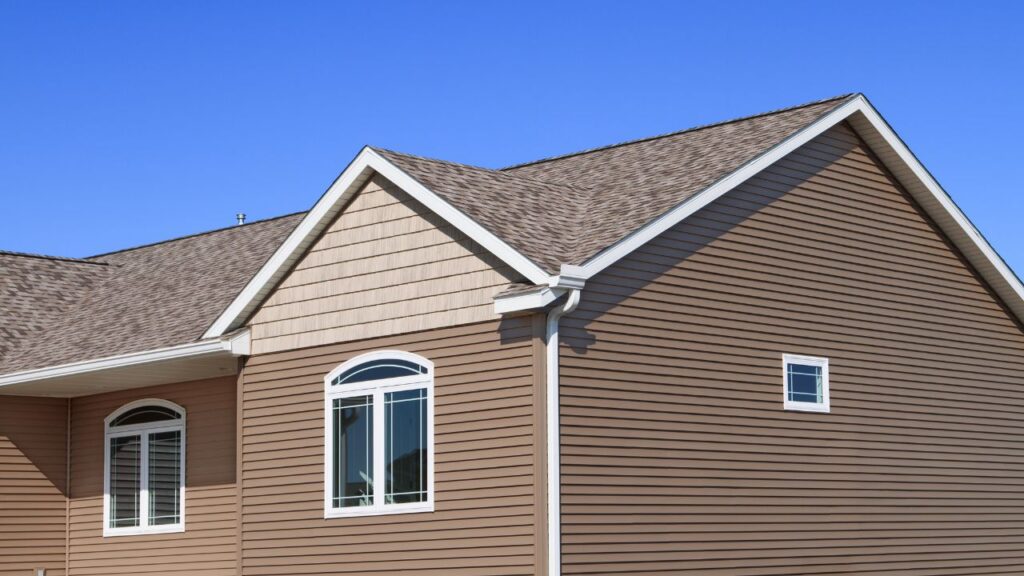
Waterproof, insect- and rust-resistant, aluminum siding is a mid-range option ideal for cold and wet areas. Expect to pay between an elevated $20,000 and $38,000. Despite its advantages, aluminum is prone to scratching, denting, fading, and makes an unusual sound during extreme weather. Repairs can be challenging, as colors may differ when replacing problem areas.
A engineered siding resembling natural wood, fiber cement, crafted from a mixture of ingredients including sand and cardboard, offers durability and resistance. With costs ranging between an elevated $8,000 and $26,000, fiber cement requires periodic repainting and presents challenges in repairs due to its sturdy nature.
Classic and low-maintenance, brick siding costs vary, with standard patterns starting from an elevated $14,000 and intricate patterns reaching $105,000 and beyond. Brick’s heat-retaining quality may be undesirable in some climates.
Providing an elegant look, stone veneer comes at a high cost, around an elevated $157,500 for an average-size home. Heavy and demanding, improper installation may lead to costly repairs, making it common for homeowners to use stone veneer for specific architectural features rather than covering the entire home.
Stucco siding typically costs between an elevated $8,000 and $14,000 for an average-size home. Durable and textured, stucco requires skilled installation to avoid immediate cracking and chipping. Finding a skilled installer may be challenging and expensive in areas where stucco isn’t prevalent.
Recyclable, durable, and fire-resistant, steel siding comes at an elevated cost of between $20,000 and $30,000. While considered maintenance-free, adding a rust-resistant coating every few years is recommended. Installation is slow and precise, especially with added insulation.
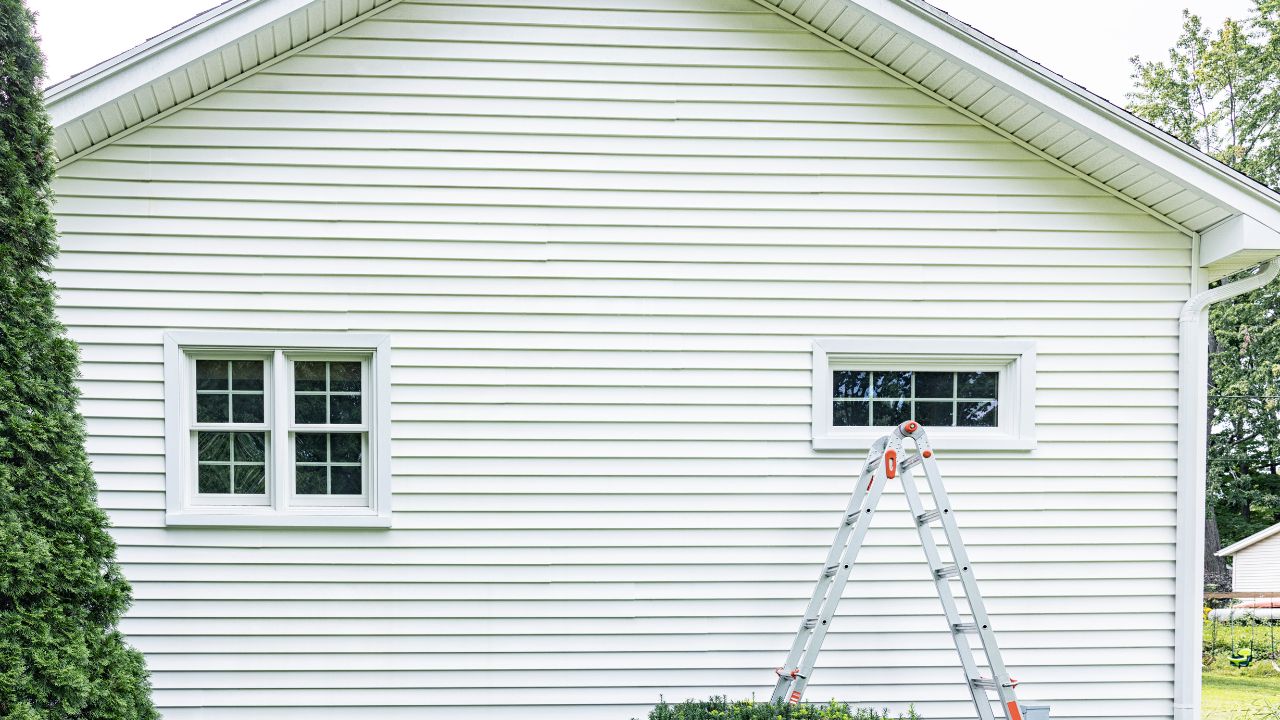
For the appearance of brick without the drawbacks, brick veneer costs between an elevated $14,000 and $58,000. While requiring little maintenance, proper installation and a moisture barrier are essential.
Built from wood or engineered wood, board and batten siding costs between an elevated $14,000 and $22,000. While offering a classic look, regular treatment is necessary to avoid potential risks.
Heavy and challenging to install, concrete siding offers a low-maintenance, low-cost option, with prices ranging between an elevated $6,435 and $10,740. Sealing and periodic repainting are needed for upkeep.
The primary and most crucial benefit of installing new siding is the safeguarding of the house it envelops, protecting it from weather, insects, and other potential causes of damage. However, the advantages extend beyond mere protection to encompass various enhancements to different aspects of the home.
Similar to donning a new dress or suit for a special occasion, newly installed siding revitalizes a home, providing it with a fresh and vibrant appearance. Whether through a change in color, style, or the addition of simple elements like updated flashing around chimneys, doors, and windows, new siding rejuvenates the home’s visual appeal. For those contemplating selling their home, new siding creates an impressive first impression. Even for homeowners intending to stay, returning to a house that looks beautiful is a gratifying experience.
During the installation of new siding, contractors typically envelop the house in modern materials that offer protection against water, insects, and temperature fluctuations. The integration of insulation and house wrap contributes to maintaining a more consistent indoor air environment, reducing seepage through walls, windows, and vents. Consequently, heating and cooling bills are likely to decrease, with potential significant savings, particularly if the house hasn’t undergone re-siding in an extended period.

Make Informed Design Decisions Showcase Your Design Ideas
Get RenderingThe presence of issues such as mold, insects, or dry rot beneath the existing siding often remains unknown to homeowners until it’s too late for intervention. The installation of new siding provides an opportunity for a skilled contractor to conduct a thorough inspection of the hidden structural elements of the home. This proactive assessment allows for the identification and correction of underlying problems before the new siding is installed, offering peace of mind regarding potential hidden issues.
Whether aiming to list the home on the market or simply seeking to boost its overall value for equity and investment purposes, installing new siding presents an excellent opportunity for value enhancement. The increase in home value attributable to new siding is estimated to be approximately 80 percent of the cost of the siding itself. This makes siding replacement a worthwhile investment, providing homeowners with a substantial return on their financial outlay.
The average cost of siding for a house falls between $4 and $13 per square foot for installation. For a standard 2,500 square foot home, this translates to an overall cost of $10,000 to $32,500.
Several factors contribute to the variation in siding costs, including the type of siding chosen, its quality, and the complexity of the installation process. Homeowners also consider factors like aesthetic appeal, durability, and maintenance requirements when making decisions.
The elevated cost of house siding is influenced by factors such as the size of the residence, the complexity of the house configuration, the type and quality of siding material, heightened labor costs, removal of old siding, permits and inspections, and the timing of the siding project.
The larger the house, the more substantial the expenses for replacing siding. House size influences material costs, labor costs, additional elements like window flashing and insulation, and, in some areas, elevated permit costs.
Simple, one-story structures incur fewer expenses compared to elaborate, multi-story dwellings with unique architectural features. Complex shapes demand more intensified labor and materials, affecting the overall project cost.
Determining house siding costs involves factors like type, size, and quality, with an average range of $4 to $13 per sq ft. Considerations such as residence size, complexity, material choice, labor, removal, permits, and timing contribute to elevated expenses. Understanding these factors empowers informed decisions. New siding not only protects but enhances aesthetics, boosts energy efficiency, ensures structural integrity, and increases home value. Exploring material options aligns preferences with budget. Overall, investing in new siding proves a valuable and transformative home improvement.
Here I am going to share some steps to get a siding cost estimate report.
You can send us your plan on info@estimatorflorida.com
Before starting your project, we send you a quote for your service. That quote will have detailed information about your project. Here you will get information about the size, difficulty, complexity and bid date when determining pricing.
We do siding cost estimating and prepare a detailed report for your project. At last you finalize the report and finish the project.



561-530-2845
info@estimatorflorida.com
Address
5245 Wiles Rd Apt 3-102 St. Pete Beach, FL 33073 United States
561-530-2845
info@estimatorflorida.com
Address
5245 Wiles Rd Apt 3-102 St. Pete Beach, FL 33073 United States
All copyright © Reserved | Designed By V Marketing Media | Disclaimer